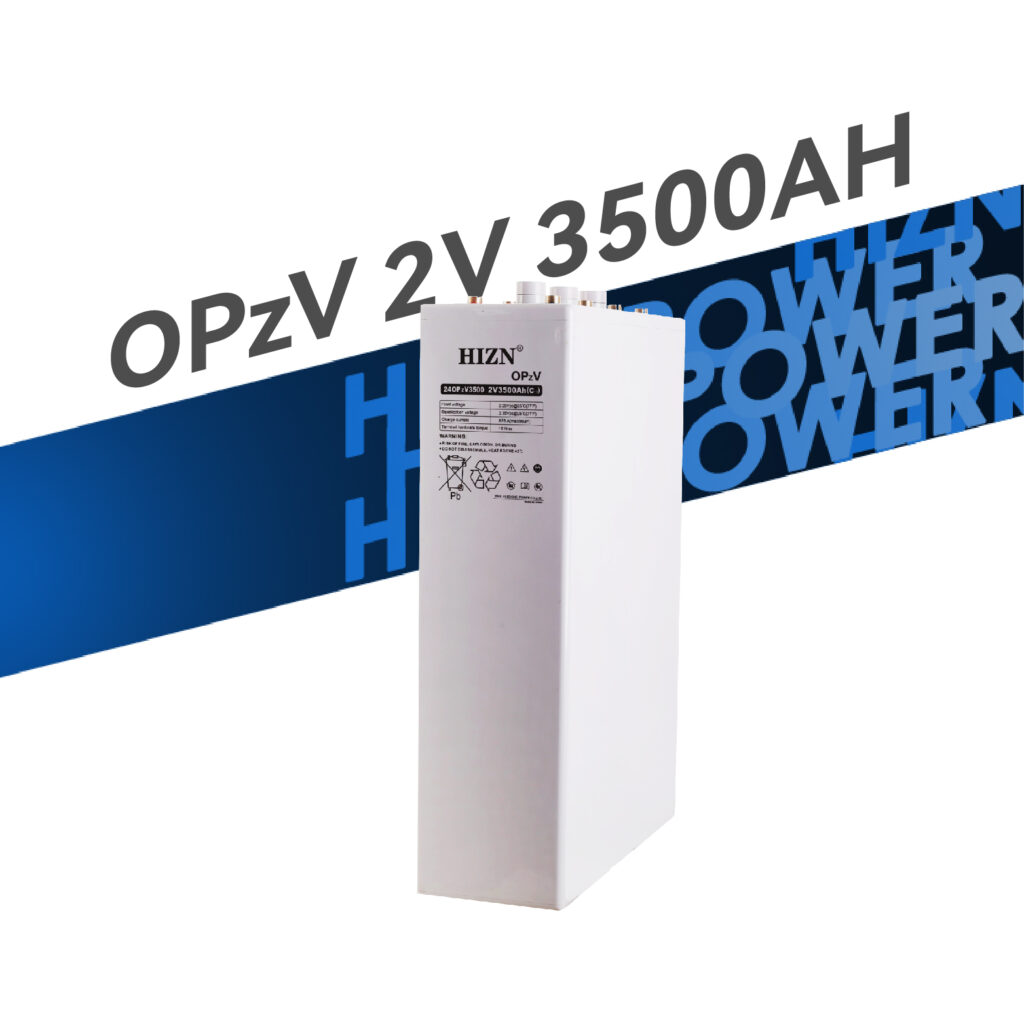Maintaining OPZV batteries involves several key practices to ensure their longevity and performance. OPZV batteries are typically used in applications requiring deep discharge and long service life, such as in telecommunications and renewable energy systems.
1. Regular Inspection
- Visual Checks: Inspect the batteries regularly for any signs of damage, leaks, or corrosion around terminals. Ensure that the battery terminals and connectors are clean and secure.
- Physical Condition: Check the battery casing for any bulging or cracking, which can indicate internal issues.
2. Cleanliness
- Battery Terminals: Keep the terminals clean and free from corrosion. Use a mixture of baking soda and water to clean any corrosion, then dry thoroughly.
- Environment: Ensure the area around the batteries is clean and free of dust and debris.
3. Monitoring and Testing
- Voltage Levels: Regularly check the voltage of each battery cell using a multimeter. Compare with the manufacturer’s recommended values.
- Specific Gravity: For batteries with liquid electrolyte, check the specific gravity of the electrolyte using a hydrometer. This can help assess the state of charge and health of the battery.
4. Charging Practices
- Proper Charging: Use a charger compatible with OPZV batteries. Follow the manufacturer’s recommended charging voltage and current to avoid overcharging or undercharging.
- Charge Cycles: Avoid deep discharges if possible. Frequent deep discharges can reduce the battery’s lifespan. Aim to keep the battery between 20-80% state of charge.
5. Temperature Management
- Operating Temperature: Ensure that the batteries are kept within the recommended temperature range. Extreme temperatures can affect battery performance and lifespan.
- Ventilation: Ensure proper ventilation around the batteries to avoid overheating.
6. Equalization Charging
- Periodic Equalization: Perform equalization charging periodically as recommended by the manufacturer. This helps balance the charge across all cells and maintains battery performance.
7. Safety Precautions
- Personal Protective Equipment: Always wear appropriate safety gear, such as gloves and safety glasses, when handling batteries.
- Emergency Procedures: Be familiar with emergency procedures in case of a battery failure or electrolyte spill.
8. Documentation
- Record Keeping: Maintain records of battery maintenance activities, including inspections, charge cycles, and any anomalies. This helps in tracking the battery’s performance over time and planning replacements.
By following these practices, you can ensure that your OPZV batteries remain in good condition, perform efficiently, and have a long service life.


